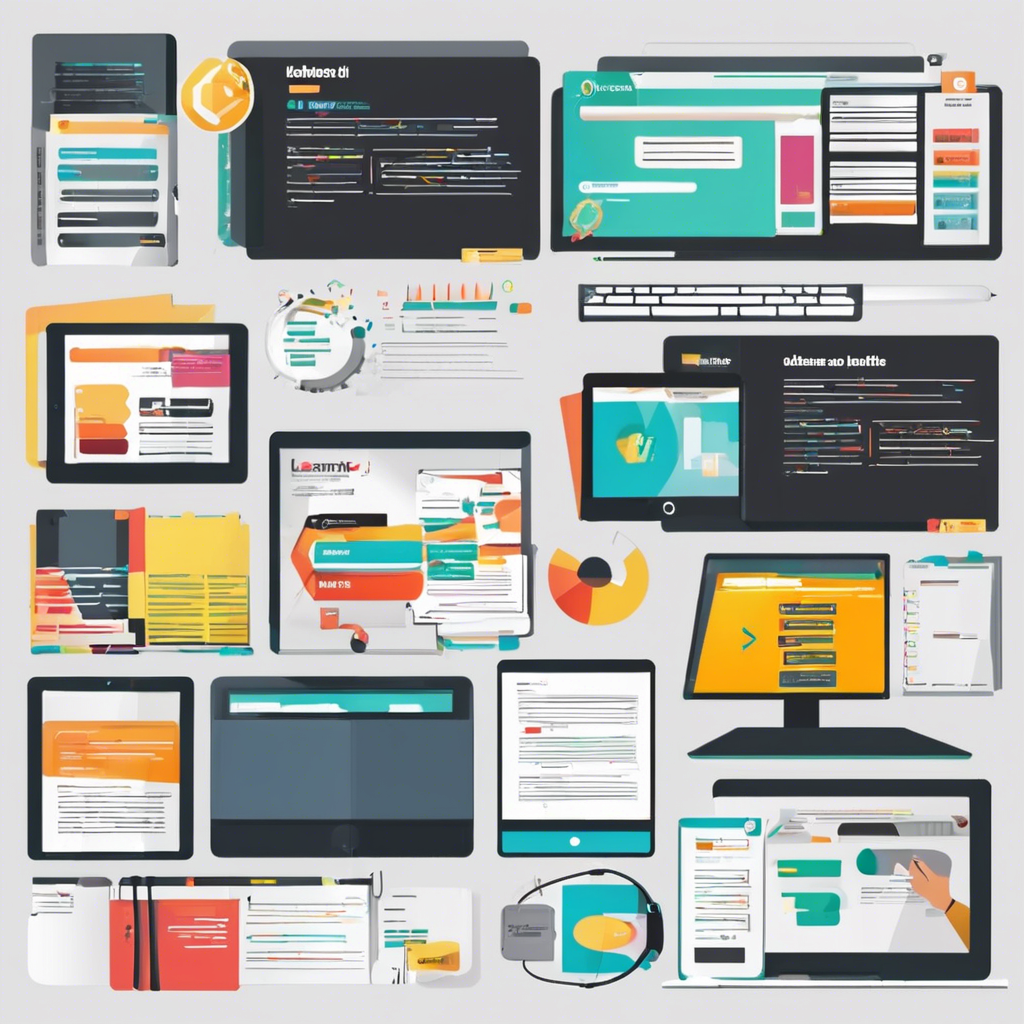E-learning has transformed the way people acquire knowledge, making education more accessible and flexible than ever before. As digital platforms continue to evolve, students, professionals, and lifelong learners are increasingly turning to online education to enhance their skills and qualifications. However, while e-learning presents numerous benefits, it also comes with its own set of challenges. Understanding both sides can help individuals and institutions make informed decisions about incorporating digital learning into their educational journey.
The Advantages of E-Learning
1. Flexibility and Convenience
One of the biggest advantages of e-learning is the flexibility it provides. Learners can access courses at any time and from any location, making it easier to fit education into busy schedules. This is particularly beneficial for working professionals, parents, or those with other commitments that make attending traditional classes difficult. Unlike physical classrooms, where students must follow a fixed schedule, e-learning allows individuals to learn at their own pace, revisiting lessons as needed.
2. Cost-Effective Education
Online learning is often more affordable than traditional education. Universities and online platforms offer free or low-cost courses, eliminating expenses related to travel, accommodation, and printed materials. Many prestigious institutions also provide certifications at a fraction of the cost of an on-campus degree, allowing more people to access quality education without accumulating significant debt.
3. Access to a Wide Range of Courses
E-learning platforms offer a vast selection of courses, from academic subjects to professional development and personal growth topics. Learners can choose from diverse disciplines such as artificial intelligence, business management, foreign languages, and creative arts. This variety enables individuals to expand their skill sets and explore new interests without the constraints of traditional curriculums.
4. Self-Paced Learning
Different students have different learning speeds. In traditional classrooms, learners must keep up with the class pace, which can be challenging for those who need extra time to grasp complex topics. E-learning allows students to progress at their own speed, pausing and rewinding lectures or revisiting course materials as often as needed. This personalized approach enhances understanding and retention.
5. Interactive and Engaging Content
Digital education platforms integrate multimedia elements such as videos, simulations, quizzes, and interactive assignments to enhance engagement. Gamification features, such as badges and leaderboards, motivate learners to complete their courses and improve their performance. Unlike traditional lectures that may rely solely on verbal instruction, e-learning often incorporates visual and interactive learning, making the experience more enjoyable.
6. Learning Without Geographic Barriers
Students from different parts of the world can enroll in top-tier universities and online academies without relocating. This accessibility enables individuals from remote areas or developing countries to receive high-quality education, breaking down geographical barriers. Additionally, e-learning promotes cultural diversity by connecting students and instructors from different backgrounds, fostering a global exchange of knowledge.
7. Environmentally Friendly
E-learning significantly reduces the carbon footprint associated with traditional education. Online learning eliminates the need for commuting, reducing transportation emissions. Additionally, digital coursework minimizes paper waste, contributing to environmental sustainability. As the world becomes more conscious of eco-friendly practices, e-learning serves as a greener alternative to traditional education methods.
The Disadvantages of E-Learning
1. Lack of Face-to-Face Interaction
One of the biggest challenges of e-learning is the absence of direct human interaction. Traditional classrooms provide students with opportunities for in-person discussions, social engagement, and group activities that foster collaboration. Online learning can sometimes feel isolating, as students do not have the same level of connection with their instructors and peers. While discussion forums and virtual meetings attempt to bridge this gap, they often do not fully replace the benefits of face-to-face communication.
2. Self-Discipline and Motivation Issues
Without a structured classroom environment, students need strong self-discipline and motivation to complete their coursework. Some learners may struggle with procrastination, distractions at home, or a lack of accountability. Unlike traditional settings, where instructors provide direct supervision, online students must manage their own study schedules, which can be challenging for those who lack time-management skills.
3. Limited Hands-On Learning Experiences
Certain subjects require hands-on practice, such as medical training, engineering, or laboratory-based sciences. While virtual simulations and augmented reality tools attempt to replicate practical experiences, they may not fully replace real-world application. Students in fields that require hands-on training often need to supplement their online learning with in-person workshops or internships to gain practical experience.
4. Technical Issues and Internet Dependence
E-learning is heavily reliant on technology, making it susceptible to technical problems. Poor internet connections, software glitches, and hardware malfunctions can disrupt learning, causing frustration for students and educators. Additionally, individuals from rural or low-income areas may not have reliable internet access or suitable devices, limiting their ability to participate in online courses.
5. Limited Recognition and Credibility of Some Online Courses
While many prestigious universities and recognized institutions offer online courses, not all e-learning platforms maintain high academic standards. Some online certifications may lack credibility, making it difficult for learners to prove their qualifications to employers. Before enrolling in an online course, students should research the institution’s accreditation and industry recognition to ensure the certification holds value in their career field.
6. Reduced Networking Opportunities
In traditional educational settings, students build valuable professional connections through in-person networking, internships, and campus events. E-learning, however, limits opportunities for direct networking with peers, professors, and industry professionals. While some online courses offer networking forums, they do not always provide the same depth of relationship-building as face-to-face interactions.
7. Screen Fatigue and Health Concerns
Spending extended hours in front of a screen can lead to eye strain, headaches, and reduced focus. Unlike traditional classrooms, where students engage in physical activities, online learning requires prolonged screen time, which can be mentally and physically exhausting. Additionally, excessive digital exposure can lead to sedentary lifestyles, impacting overall health and well-being.
Conclusion
E-learning has revolutionized education by making it more flexible, accessible, and cost-effective. It provides learners with a vast array of courses, self-paced learning options, and interactive tools that enhance knowledge retention. However, it is not without its challenges. The lack of face-to-face interaction, the need for self-discipline, and the potential for technical issues pose significant drawbacks.
Ultimately, the effectiveness of e-learning depends on individual learning preferences, goals, and available resources. While online education offers undeniable benefits, a blended approach—combining traditional and digital learning—may provide the best of both worlds. As technology continues to advance, addressing the limitations of e-learning will be crucial in shaping the future of education.

